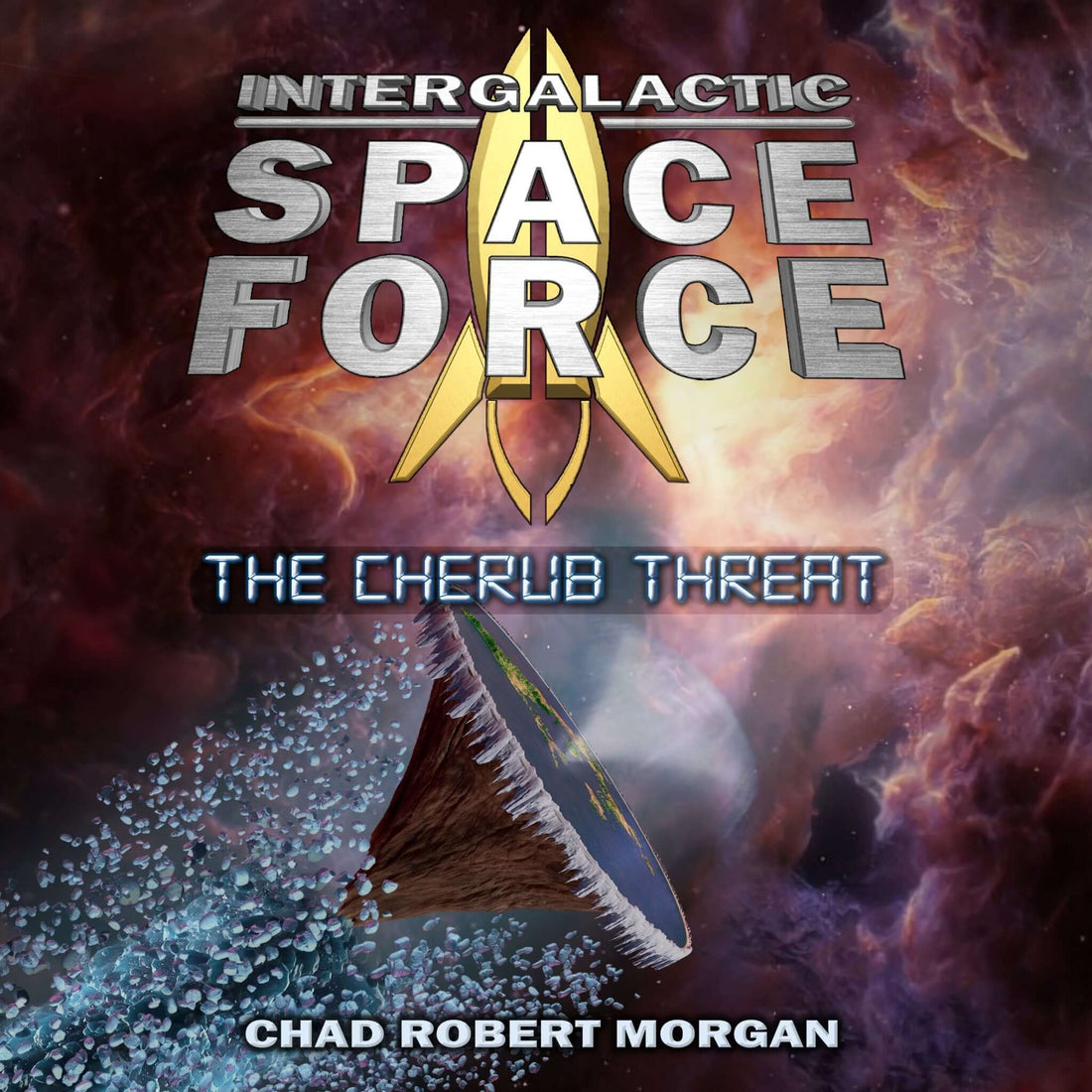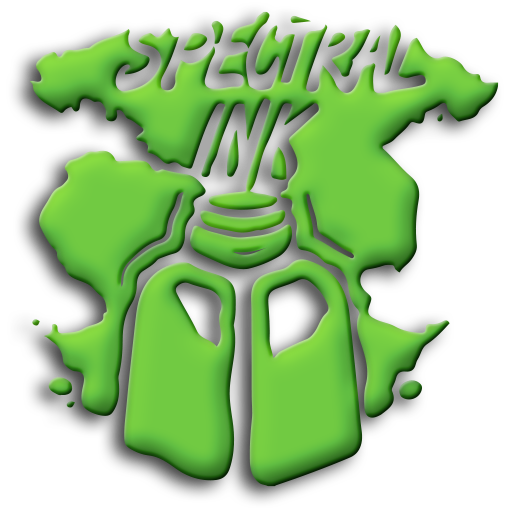
Using AI Art for book covers
So let me start by saying I tried. I had friends try, who taught classes on using tools like Midjourney and Stable Diffusion to make art.
It was an abysmal failure.
At the time of this blog post, AI-generated art programs are all the rage right now. People have been using them to create some stunning artwork. So why did we have such a problem with them?
My struggles with AI-generated art
AI-generated art programs search the internet for images, then use their impressive programming to merge those images. Want a picture of Keanu Reeves as if he was drawn in the Simpsons or South Park? Not a problem because there are plenty of samples on the internet of both Keanu and the art style of our popular animated shows for the computer program to look up.
However, when I tried to create an image of a manananggal, these programs struggled. It did generate . . . something . . . that kind of looked like a manananggal, but nothing I would call good. Same when I tried generating images for my upcoming short story anthology, trying to make a manananggal fighting a tikbalang. Again, it generated something, but nothing I was too happy with.
I had even worse luck when trying to generate images for Intergalactic Space Force : The Cherub Threat. I described the planet as I had in the book, but the AI program kicked out images that were just crap. When I asked it t render Kim De La Pina, though, it did a stunning job of rendering a woman in a futuristic military uniform, but it failed miserably to generate images of Eden, the flat planet inside of a hollowed-out nebula that was the home world of the Cherubs.
Why are AI art programs failing me?
As I said, the AI scours the internet for reference images, but in my case, I was trying to create art of things that didn't exist. There were some images of tikbalangs and manananggals, but not enough for the AI to figure out what they needed to look like, and there are definitely no images of flat planets inside a ring of atmosphere trailing chunks of ice in its wake.
There are new and exciting technologies, but they are still a far cry from replacing humans. These programs can do incredible mashups of existing photos but still struggle to be genuinely creative.
